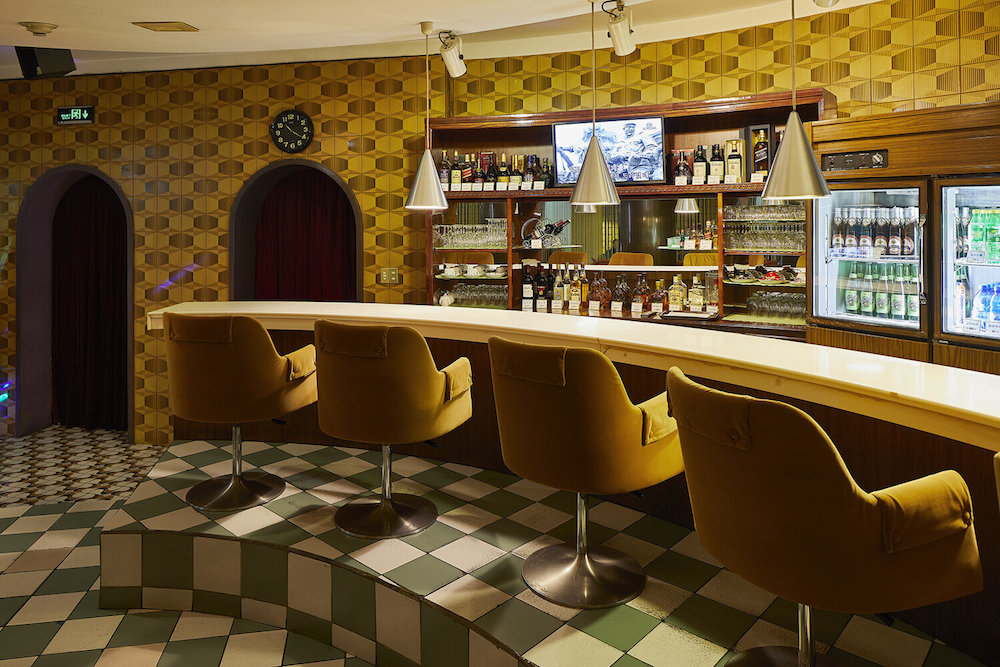
Despite having dominated the Pyongyang skyline for three decades now, the Ryugyong Hotel has never opened for business. Topped out as the end of the Soviet Union plunged North Korea into economic crisis, the building stood for most of that period as an angularly mountainous 105-story concrete husk. With a motionless crane still perched on its peak, the seemingly abandoned hotel offered Western observers rather too convenient a symbol for the North Korean project as a whole: ostentatious, even menacing, but all too clearly struggling and ultimately doomed to catastrophic failure. Yet in the late 2000s the project finally resumed, taken over by an Egyptian construction firm, and soon thereafter the Ryugyong was at least decently covered in glass. In recent years that façade has been fitted with LEDs, which at night enable it to screen vivid nationalistic imagery and slogans at a colossal scale (if in an awkward shape).
Where once North Korean officialdom seemed to expect citizens to ignore the Ryugyong, now it presumably expects the opposite. But even as nothing more than a propagandistic billboard, it would have been a glaring admission had it not appeared in Hotels of Pyongyang, a new photo book by James Scullin and Nicole Reed. Having yet to admit its first guest, the Ryugyong is shown only from the outside and at a distance, much less intimately than the ten other institutions of hospitality included here, most of them built in what contributing historian of socialist architecture Jelena Prokopljević calls “the golden decades of North Korean construction over the 1980s and 1990s.” To Westerners they’ll look considerably older, and surreally well-maintained at that, but “visitors from the former Communist Bloc,” adds North Korea scholar Leonid Petrov in his own short essay, “are amused by similitudes and feel very much at home.”
Whatever the origins of the beholder, it isn’t hard to understand the fascination of these hotels. Reed, an Australian photographer experienced in the urban environments of Japan and Hong Kong, captures views of interiors for the most part free of human beings, all the better to highlight the distinctive elements of their décor. Often these include ersatz plant life, faux-Roman columns, approximate-looking leather upholstery, clashing geometric patterns, mirrored surfaces (or surfaces kept buffed to such a shine that they might as well be mirrored), elaborate antimacassars, and large-scale paintings of glorified North Korean landscapes and cityscapes. Numerous inexpensive forms of multicolored lighting introduce even more variety into color schemes not just heavy on grays and browns, as one would expect, but also greens and pinks similar to those that coat the exteriors of Pyongyang’s many humbler buildings.
Read the whole thing at the Los Angeles Review of Books.